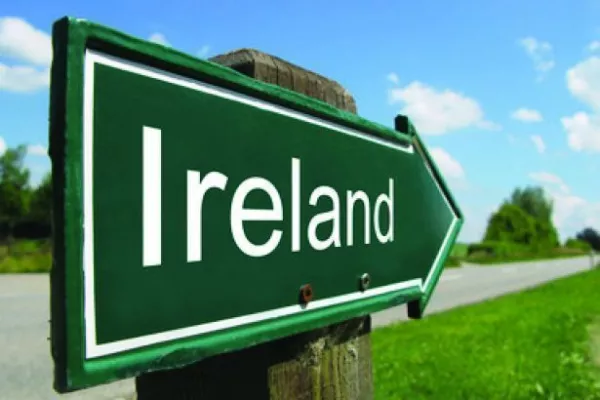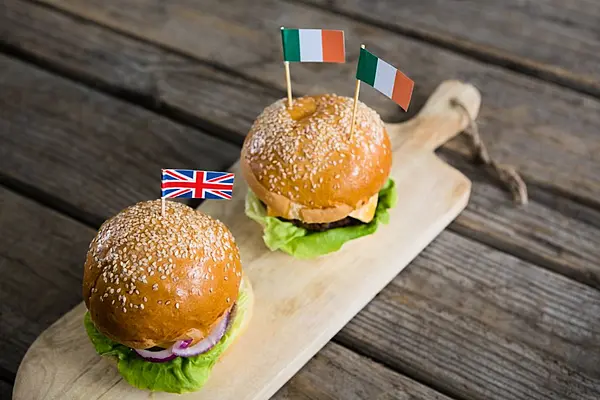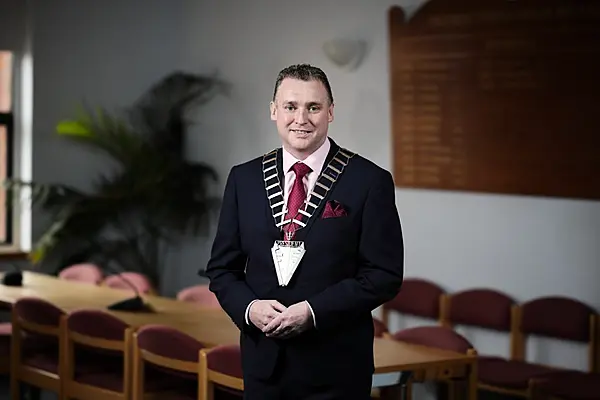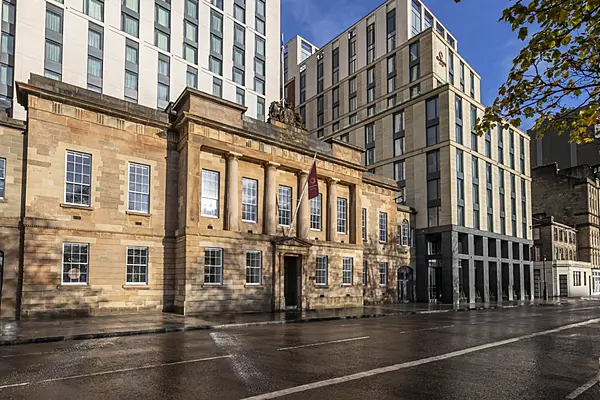Tipperary has a rich history and a proud heritage, with some of the best-preserved castles and historical sites in Ireland.
It is a place surrounded by natural beauty, rolling hills, and diverse landscapes.
For those who enjoy a good time, Tipperary has a great nightlife, horseracing festivals, local food markets, and great pubs.
The Top Ten
With all these factors in mind, Hospitality Ireland decided to examine the top ten visitor attractions in Tipperary, based on Fáilte Ireland’s Visitor Attractions Survey 2019, which was carried out by SRI in the third quarter of 2020.
The year 2019 was chosen as a good indicator because it was pre-Covid, and so the sample was more in line with tourists’ behaviour in normal circumstances, rather than during an exceptional event like the coronavirus pandemic.
1. Rock of Cashel
(361,596)
The Rock of Cashel is the most-visited tourist attraction in Tipperary, with 361,596 visitors as of 2019.
It was originally the seat of the kings of Munster, and Brian Boru was crowned High King at Cashel in 978 and made it his capital. In 1101, the site was granted to the church and became an important centre of ecclesiastical power in Ireland.
The cluster of medieval buildings includes a round tower, a high cross, a Romanesque chapel, a Gothic cathedral, an abbey, the Hall of the Vicar’s Choral, and the fifteenth-century Tower House.
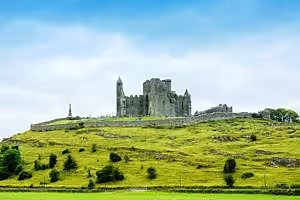
2. Cahir Castle
(87,333)
Cahir Castle, one of the largest and best-preserved castles in Ireland, is in second place on the list.
Built in the thirteenth century on a rocky island on the River Suir, much of the original structure remains.
The castle has featured in many television and film productions, such as Excalibur and The Tudors.

3. Hore Abbey
(75,380)
Hore Abbey is Ireland’s last medieval Cistercian monastery.
The abbey was founded in 1272 in Co. Tipperary, just west of Cashel.
Hore was the only Cistercian monastery in Ireland where the cloister was positioned to the north of the abbey. It is thought that the location of the Rock of Cashel may have influenced this.

4. Swiss Cottage
(26,447)
The Swiss Cottage is a cottage orné, an idealised countryside cottage, located just outside Cahir.
It was built in the early 1800s by Richard Butler, 1st Earl of Glengall, who used it for picnics, small soirées, and fishing and hunting parties.
It was also a peaceful retreat for those who lived in the Big House nearby.

5. Roscrea Heritage Centre Grounds
(16,900)
The Roscrea Heritage Centre Grounds are located in the heart of Roscrea, in Co. Tipperary.
Damer House is located on the castle grounds and named after local merchant John Damer, who came into possession of the castle in the eighteenth century. The house was made using pre-Palladian architecture.
The grounds also include a garden with a fountain and a restored mill displaying St Crónán’s high cross and pillar stone.

6. Nenagh Castle
(15,297)
The construction of Nenagh Castle in the thirteenth century laid the development of the town.
Theobald FitzWalter, whose successors would become earls and dukes of Ormond, built the castle, and upon its completion (c.1220), it served as the main seat of the Butler family until 1391.
The castle has a stone spiral staircase all the way to the top. There are 101 steps in all. Access to the tower is through a passageway within the base of the wall.

7. Mitchelstown Cave
(11,500)
Mitchelstown Cave is considered as one of the largest and most complex cave systems in Ireland.
On the guided tour, visitors can follow ancient passageways and visit massive caverns surrounded by dripstone formations, stalactites, stalagmites, and huge calcite pillars.
Mitchelstown Cave is situated in Co. Tipperary, over the border from Mitchelstown, Co. Cork, and located in Ireland’s Ancient East.

8. Farney Castle
(10,000)
Farney Castle has the distinction of being the only round tower in Ireland occupied as a family home.
The first castle was built at Farney in 1185, as a timbered structure. The present round tower was built in 1495 by Thomas Butler, 7th Earl of Ormond, and it was part of a defensive system created by the Butlers to protect their land in Tipperary.
Irish-international designer Cyril Cullen now lives in the castle and produces his handmade knitwear designs and porcelains there. Tourists regularly visit the design studios and retail outlet for both Cullen’s knitwear and porcelain collections.

9. Main Guard
(9,468)
Duke of Ormond James Butler ruled Co. Tipperary as a palatinate in the seventeenth century.
When the duke decided that he needed a new courthouse, he built one in Clonmel. Later, when it was used as a barracks, it became known as the Main Guard.
In about 1810, the ground floor was converted into shops, but the building has recently undergone an award-winning restoration. The open arcade of sandstone columns has returned, while inside, visitors will find an exhibition and event space.

10. Roscrea Heritage Centre
(8,148)
Roscrea has a number of historical monuments, such as a thirteenth-century castle and St Crónán’s Church, cross, and round tower.
It’s thought that King John built the castle in 1213, though some believe that it was erected in the mid-thirteenth century.
Of the twelfth-century Romanesque church, only the west facade remains, and opposite it stands the round tower. St Crónán’s cross is now housed in the Black Mills centre. Another notable site in town is the Franciscan friary that was founded in the fifteenth century.
The east and north walls of the chancel, the bell tower, and parts of the northern nave arcade remain.


